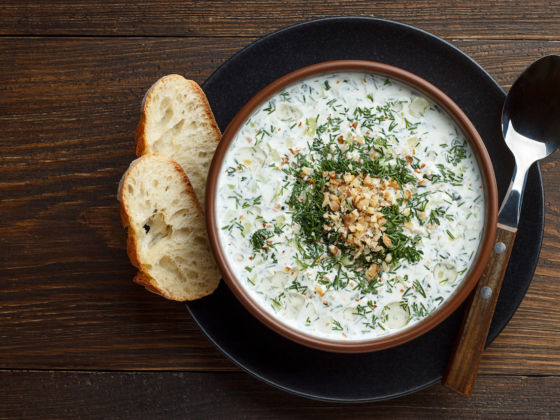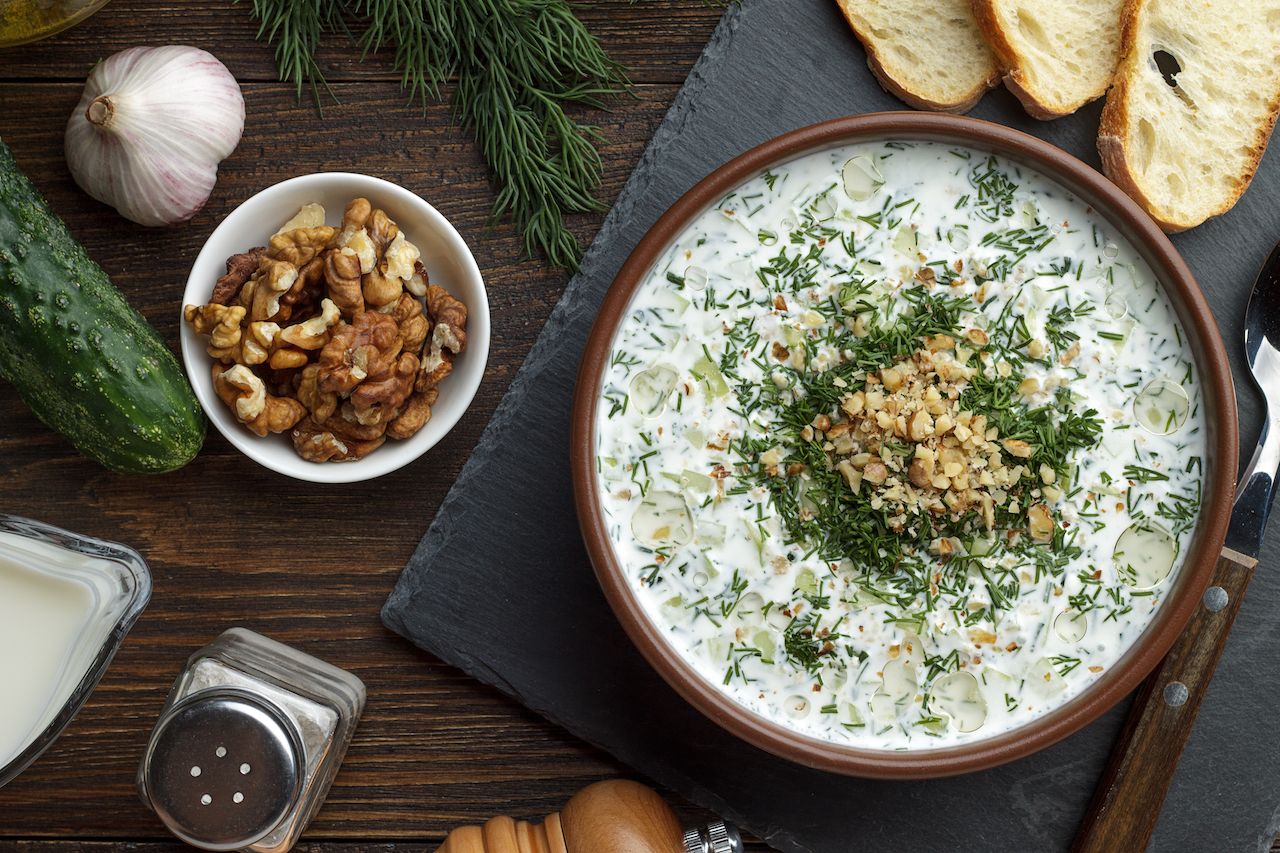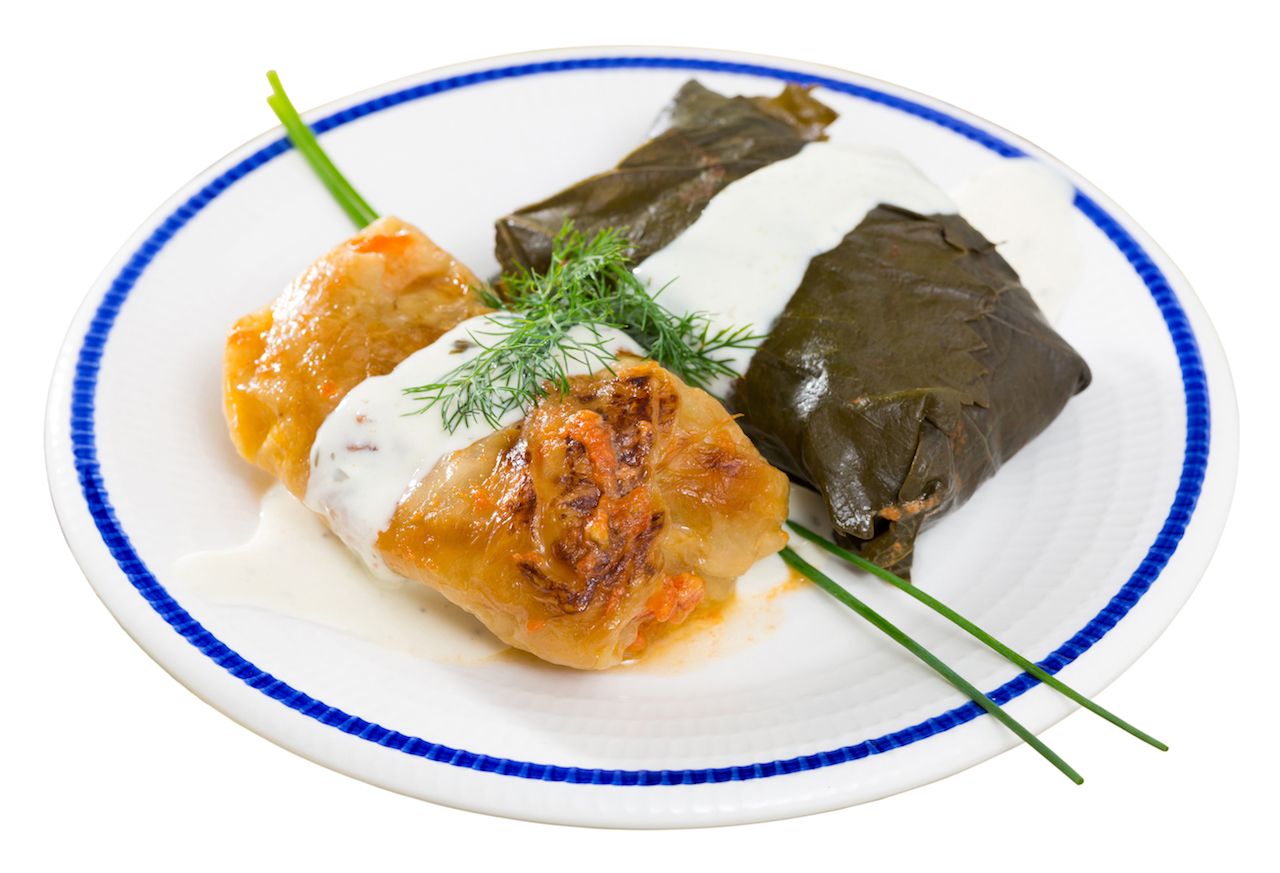Yogurt has been a part of what is present-day Bulgaria since long before modern borders were drawn. It’s believed that the first yogurts in the area came from nomadic tribes around 4,000 years ago when their milk fermented in animal-skin flasks. The Balkans have the proper bacteria and temperature to naturally produce yogurt, making it an important ingredient throughout the region’s history.
Today, yogurt (or kiselo mlyako as they sometimes call it in Bulgaria, meaning sour milk) is eaten around the world. But it was the Bulgarian scientist Stamen Grigorov who discovered the bacteria, lactobacillus bulgaricus, needed to turn the milk into yogurt. And it’s in the Bulgarian village of Studen Izvor where you’ll find the only yogurt museum in the world. No country lays claim to yogurt like Bulgaria does, and the best way to see for yourself is through all of the classic yogurt-laced dishes in the country.





